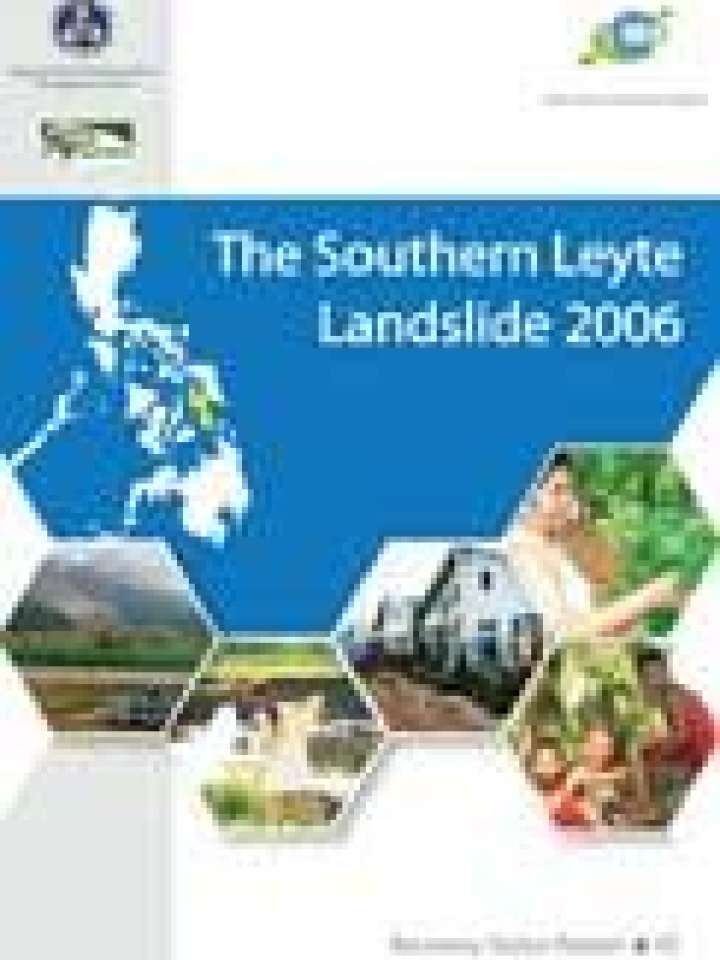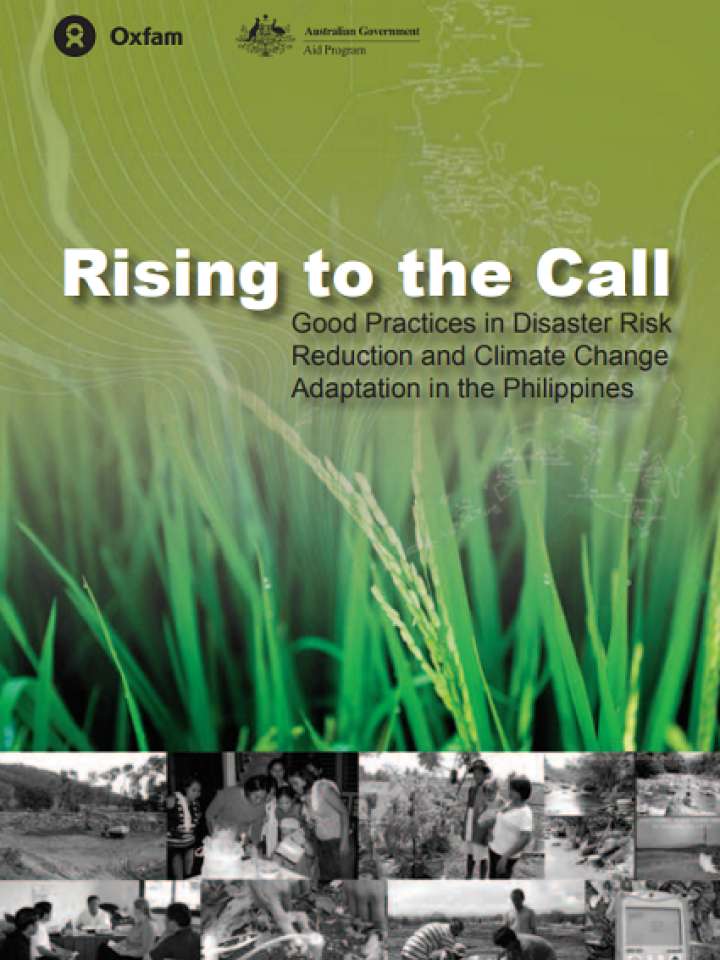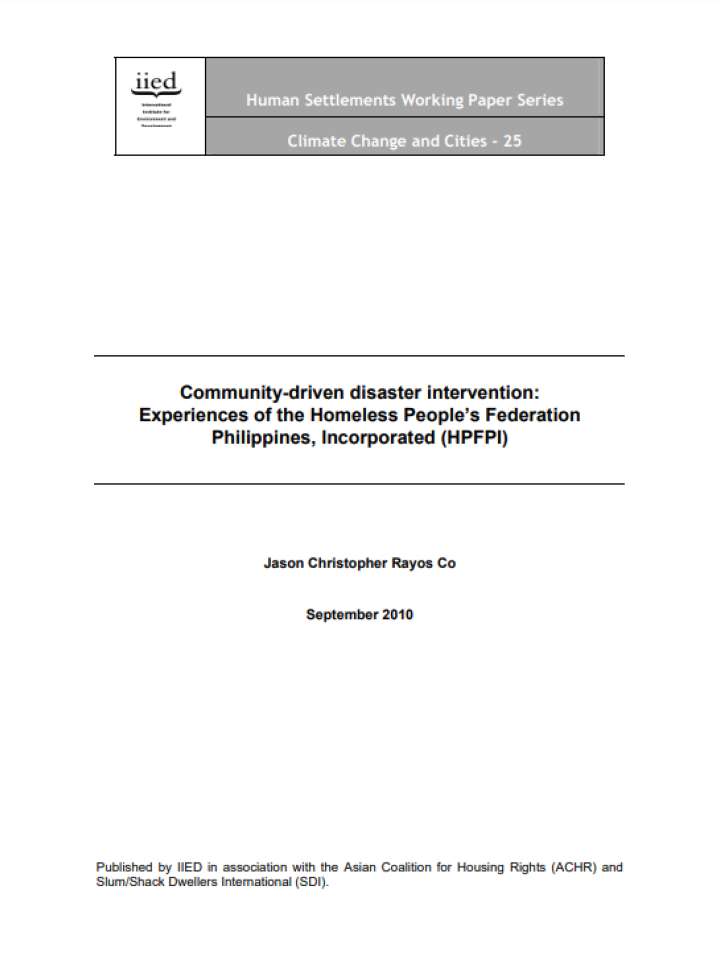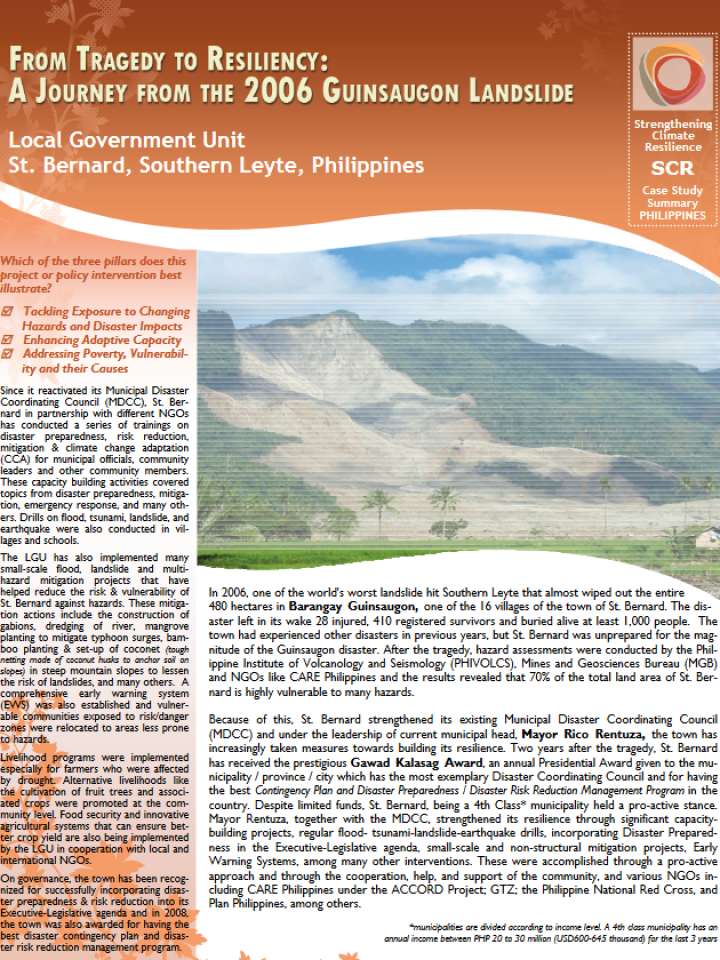Recovery Collection: Philippines: Southern Leyte Landslide

Introduction
The Guinsaugon rockslide-debris avalanche is the second major landslide of this kind to be described in the twenty-first century and the volume of its deposit falls within the range generated by debris avalanches from the twentieth century.
A massive landslide devastated the community of Barangay Guinsaugon, Municipality of St. Bernard, Southern Leyte Province, Philippines, at about 10:30 local time on 17 February. The landslide occurred along the steep fault scarp of the Philippine Fault Zone (PFZ) , a large and active tectonic structure that traverses the entire length of the Philippines. Barangay Guinsaugon is located at the foot of the scarp, directly in the path of the downward moving mass of earth.



